So frequently touted by its tourism bureau as a winter wonderland that you’d be inclined to think it was encased in ice year-round, Quebec City thaws out nicely during the summer months. The normally bundled-up provincial capital is a low-key beach town—the banks of the mighty St. Lawrence River and the Saint-Charles River, a watercourse flowing through the city, serve as lively spots for warm-weather leisure pursuits, including those taking place in a state of undress.
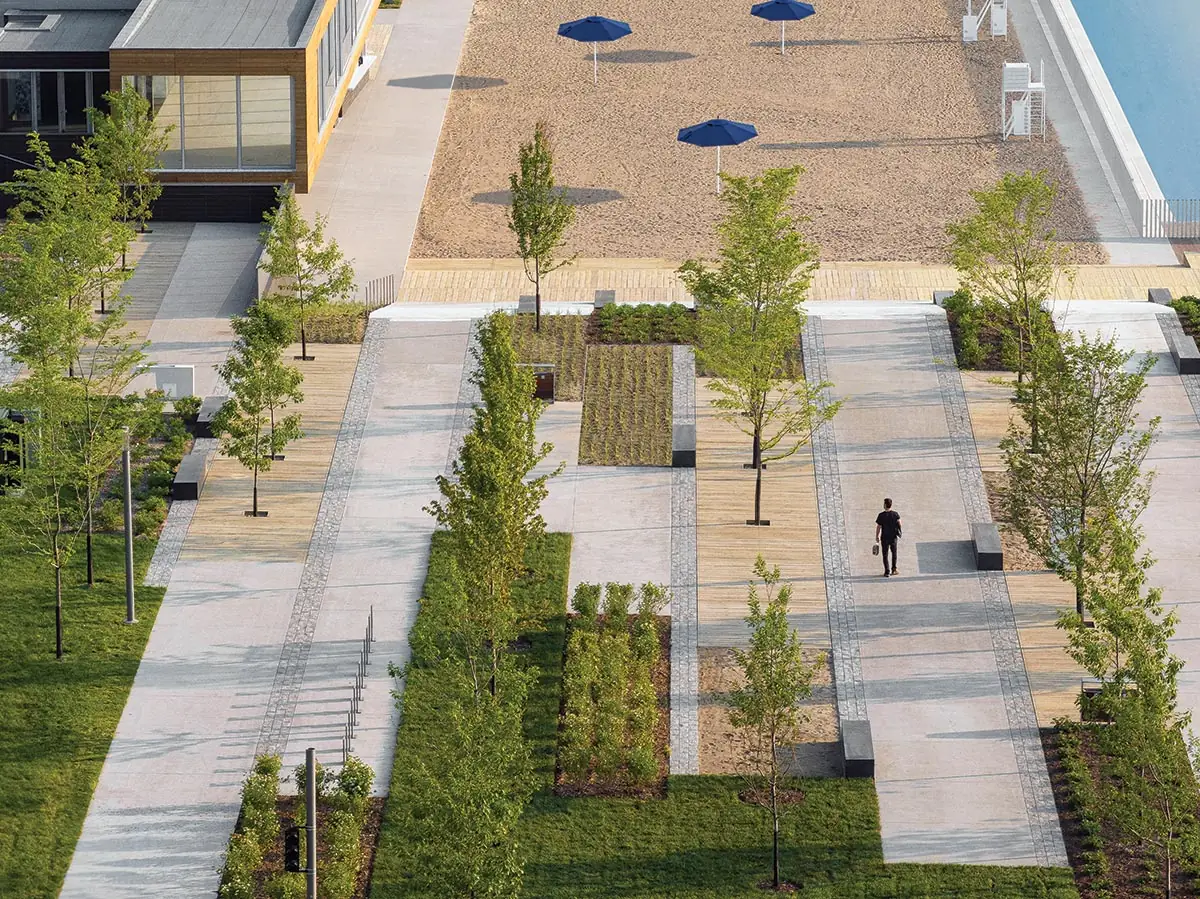
The swimming area (top of page), which offers the illusion of taking a dip within the river, and beach (above) pay homage to Plage du Foulon, which drew pleasure-seekers to the banks of the St. Lawrence in the early 20th century. Photo © Maxime Brouillet, click to enlarge.
Just east of the the Pierre Laporte Bridge, along a once industrialized and inaccessible stretch of the St. Lawrence, is the newest such spot: a proper lido, complete with a sandy beach, a wooden pier, a service pavilion comprising two stacked volumes, a “mirror” water feature for wading, and an infinity pool built into a precast concrete basin next to the river. Opened last summer, the beach and swimming area form the literal centerpiece of the third and final phase of Promenade Samuel-de Champlain, an urban green space conceived to connect visitors of all backgrounds and abilities with the riverfront. Born as a gift from the provincial government to Quebec City in commemoration of its 400th anniversary in 2008, the four-mile-long park is dotted with gardens, piers, reclaimed wetland areas, and recreational facilities. Weaving through it all is a multiuse paved path wedged between the river and a 1950s-era highway converted into what Grégory Taillon, an architect with Montreal-based multidisciplinary firm Daoust Lestage Lizotte Stecker, refers to as an “urban boulevard.”
“We curved it so that people drive more slowly and to accentuate views of the river. It’s now more like a parkway,” Taillon says of the less-traffic-intensive roadway that abuts the revitalized riverfront. “And we pushed it back,” adds firm principal and landscape architect Lucie Bibeau of the old highway. “Otherwise, there would have been no room for the park.”
For the final phase of Promenade Samuel-de Champlain, an active rail corridor also had to be removed and rebuilt farther away from the river, a complex undertaking that explains why 15 years passed between the completion of the first and final stages of the project.
Still, there’s a palpable continuity between the first and the 37-acre last phase, which, in addition to the lido, features two other major zones, each anchored by its own architecturally distinctive pavilion. Located west of the beach and swimming area adjacent to phase one are Sillery Park and the Coastal Meadows; to the east, just past a tranquil marsh ecosystem, is the family and sports sector, with its myriad picnic areas, athletic fields, and a marina.
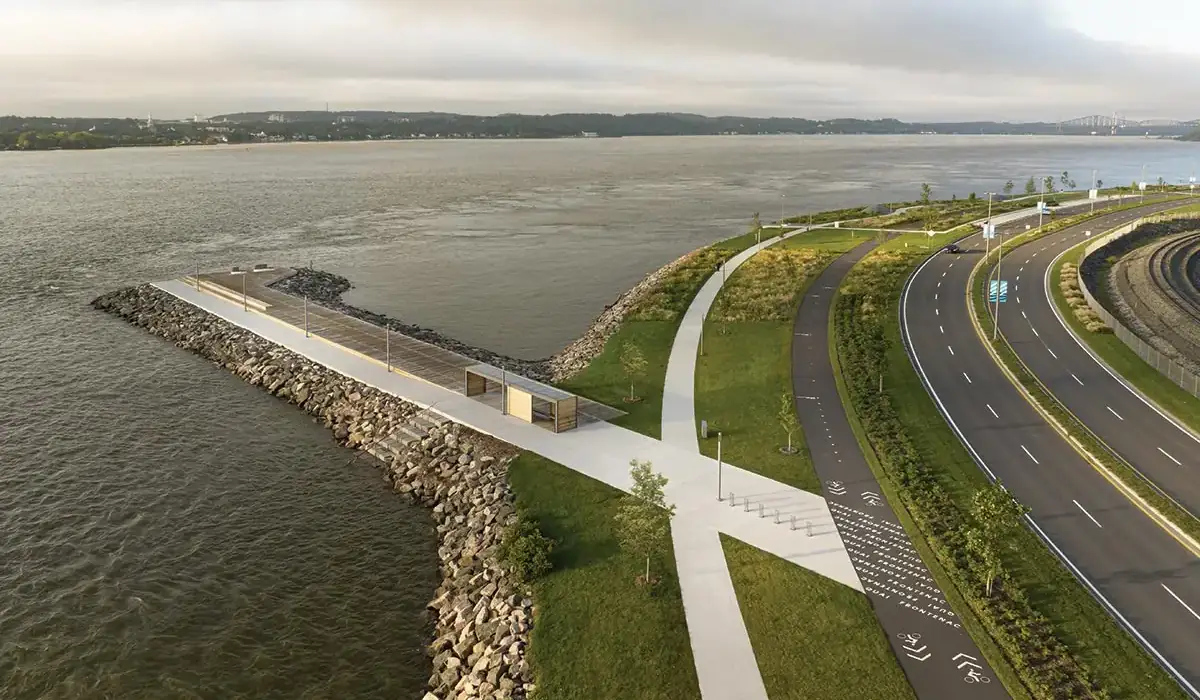
1
The lushly landscaped Coastal Meadows include Frontenac Quay (1) and colossal pebble sculptures (2). Photos © Stephane Groleau (1), Maxime Brouillet (2)
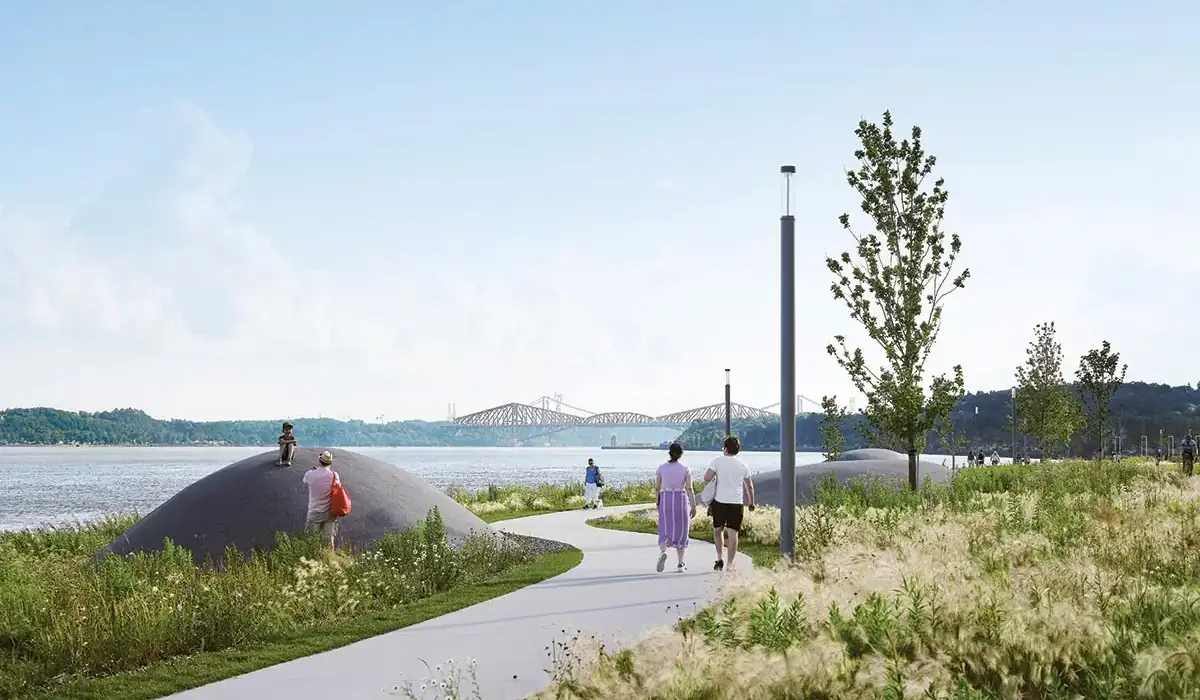
2
The uninterrupted design language among the different sections of the promenade can be credited to the fact that the small team from Daoust Lestage Lizotte Stecker, on top of its role as park master-planner, designed almost every aspect of the project: the pavilions, landscaped elements, urban furniture (bike racks, benches, drinking fountains, garbage cans, and on), wayfinding, and signature landmarks, including a trio of giant, scalable pebbles replicated from river stones that were 3D-scanned and modeled by the project team. (Although part of the firm’s master plan, the smaller second phase was not designed by them.)
For a park that lends itself so well to warm and humid Quebec City summers, this isn’t to say that Promenade Samuel-de Champlain empties out completely while its destination beach and pool are shuttered during the city’s famously frigid winters. “The river is amazing during the winter,” says Taillon. “People just walk or cross-country ski along it.”
Click plan to enlarge




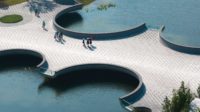
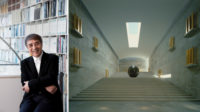
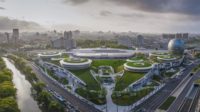
Post a comment to this article
Report Abusive Comment